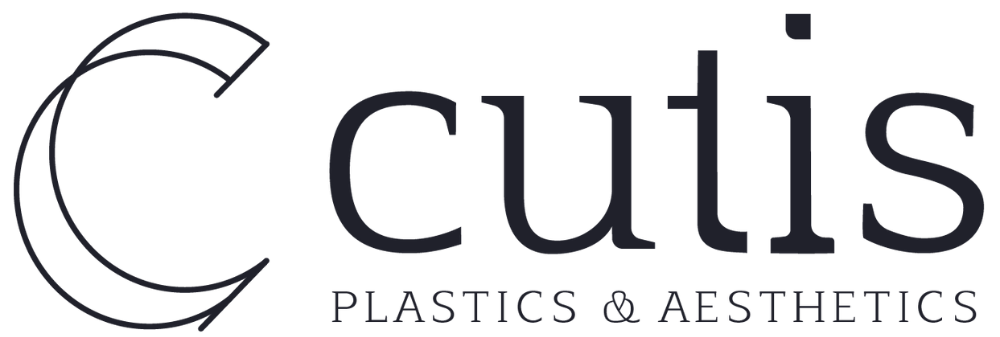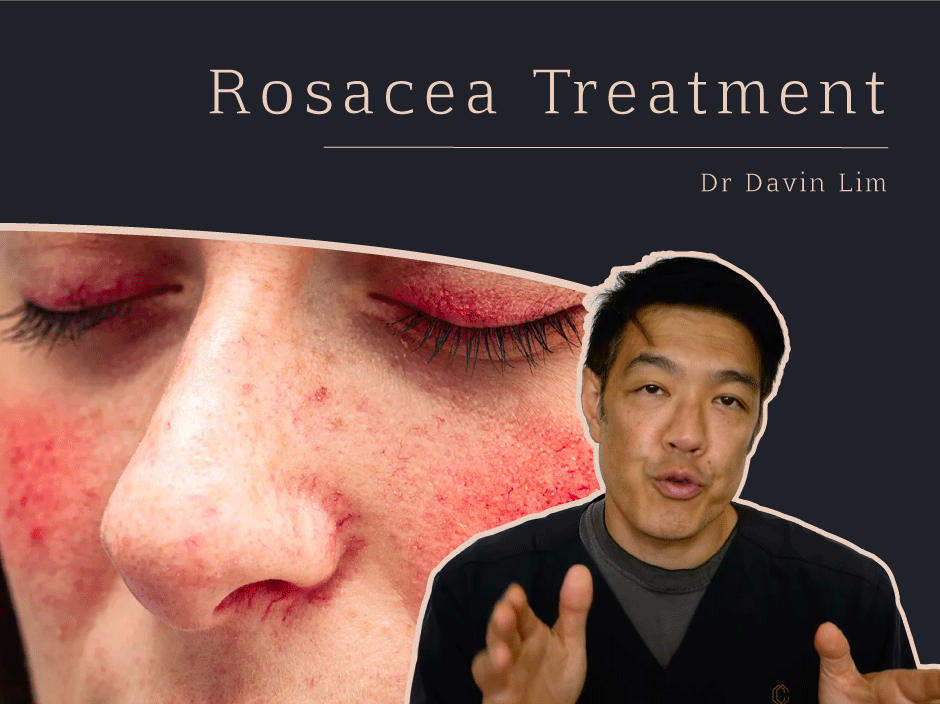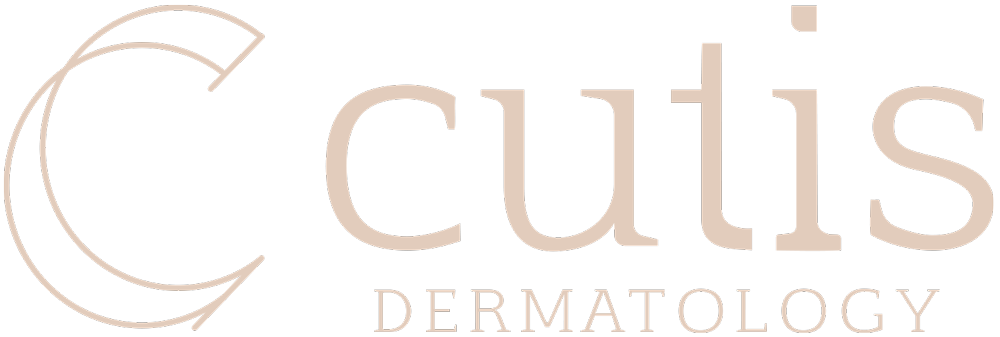Rosacea can be tricky to diagnose because it can masquerade in many forms, including pimples & pustules, sensitive skin, flushing & blushing, enlarged pores & broken capillaries. Our team of dermatologists & specialist nurses can assist in the diagnosis & management of rosacea. Learn more about our Rosacea Redness Skin Series.
Our rosacea treatments include:
- Rosacea Medications
- Rosacea Redness Series
- Lifestyle Changes
- Rosacea Skin Rejuvenation
- Picoway Laser
- Rhinophyma Lasers
Our results speak for themselves
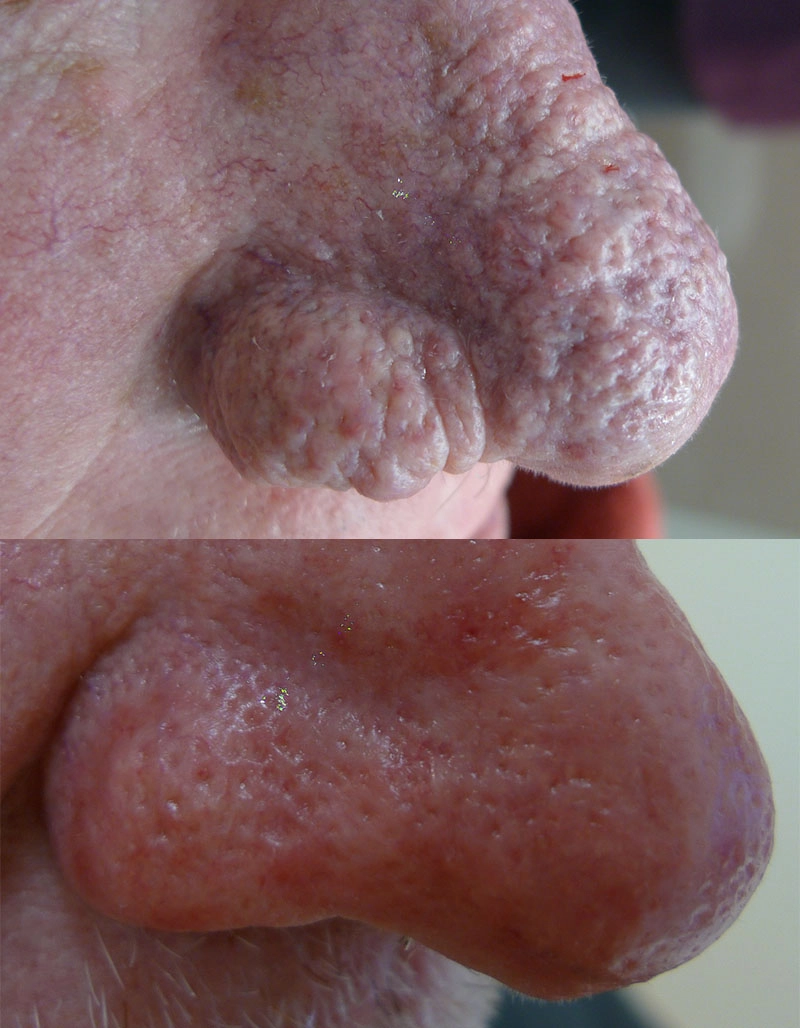
Before
After
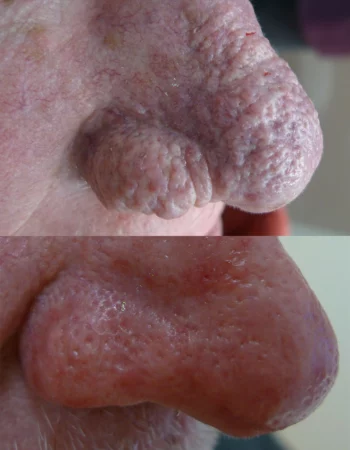
Laser resurfacing with CO2 ablative lasers
Ask us more about this treatmant
Preferred Consultation

Before
After
Laser resurfacing with CO2 fully ablative laser. 12-day recovery. Low dose acne medication after the procedure.
Ask us more about this treatmant
Preferred Consultation
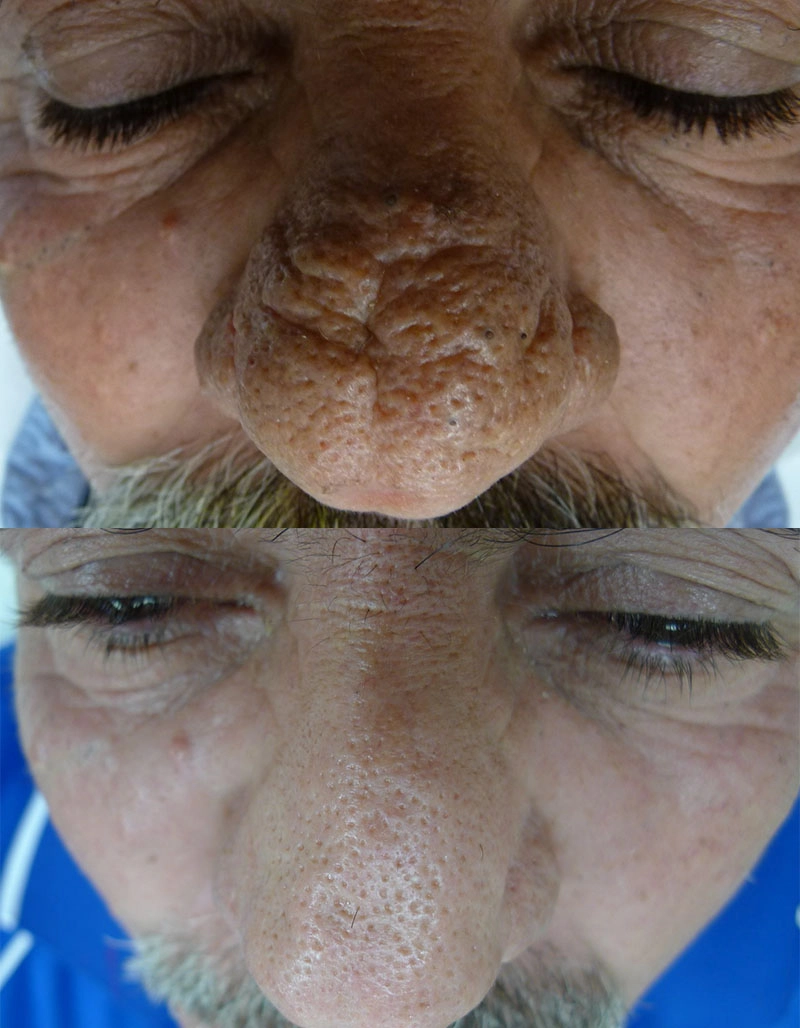
Before
After
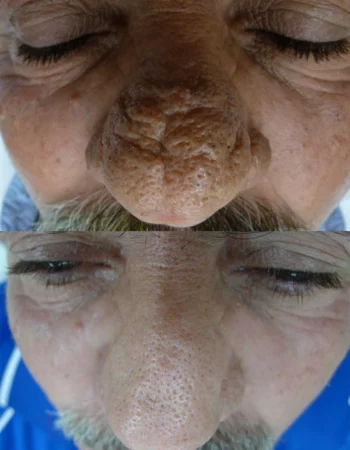
Laser resurfacing with erbium, free hand
blade & CO2 for final pass
Ask us more about this treatmant
Preferred Consultation
Treatments for Rosacea treatments
What does rosacea look like?
Understanding Flare Factors. Diet & skincare
Rosacea can be tricky to diagnose because it can masquerade in many forms, including pimples & pustules, sensitive skin, flushing & blushing, enlarged pores & broken capillaries. Our team of dermatologists & specialist nurses can assist in the diagnosis & management of rosacea.
The first step is to understand what your flare factors are, including diet, cleansing, & everyday triggers. Armed with this knowledge, you may experience less symptoms & will be better educated to deal with rosacea flare ups. Let us help you understand more about rosacea.
Lasers & Lights
Reduce inflammation & rejuvenate skin
Cutis Dermatology has the largest repertoire of lasers in the Southern Hemisphere, including the best devices for rosacea. These include the V Beam Prima & Perfecta as well as newer vascular lasers including the Derma V. We also incorporate BBL & Healite to calm inflamed skin. Our powerful CO2 lasers can treat rosacea rhinophyma & reduce pore size.
Medicare rebates apply for vascular laser & rhinophyma treatment.
Chronic inflammation can prematurely age skin. Dermatologists use healing lasers & light therapy to rejuvenate rosacea skin, reducing redness, broken capillaries & enlarged pores. Prescription anti-inflammatory topicals can also treat persistent breakouts of acne rosacea.
Rosacea can be tricky to diagnose because it can masquerade in many forms, including pimples & pustules, sensitive skin, flushing & blushing, enlarged pores & broken capillaries. Effective treatments include dietary modification, skincare, anti-inflammatory medications, LED phototherapy & lasers.
FAQs
Why Cutis Dermatology?
Our senior dermatologists have over 27 years* of clinical expertise in the field of rosacea treatments. We can manage all forms of rosacea including flushing, blushing, sensitive skin, redness & broken capillaries as well as preventing & treating end stage rhinophyma.
Combined with the latest in state-of-the-art laser technology, our team can address even the most complex cases to deliver unparalleled results.
Our portfolio of over 30 devices covers the very latest vascular laser technology, including pulse dye lasers, 532 hybrid lasers & BBL.
* For complex cases of resistant rosacea, book with Dr Belle Cominos, dermatologist. She is regarded as one of the most experienced dermatologists in Brisbane with a special interest in the management of rosacea.
What is the role of lasers in the management of rosacea?
Lasers in the management of rosacea function to –
- Reduce skin inflammation, including pimples & pustules & skin sensitivity
- Reduce background redness & broken capillaries
- Reduce flushing & blushing symptoms
- Reduce excess tissue in rhinophyma rosacea
- Improve rosacea eye disease including gritty & sore eyes
What lasers & devices do we use to treat rosacea?
Cutis Dermatology has the largest repertoire of rosacea lasers in Australia. These lasers target redness & inflammation from rosacea. We use-
- V Beam Prima – one superficial & one deep wavelength
- V Beam Perfecta
- Derma V- one superficial & one deep wavelength
- Sciton NdYag- for deep veins
- BBL for redness
- CO2 lasers including Ultrapulse Deep & Active Fx, CO2RE, Mixto, eCO2 for rhinophyma
- Tixel for resistant rosacea
- LLED including Healite
Why do we prefer lasers with dynamic cooling?
Cryogen spray or cooling has many advantages over a chilled plate or sapphire cooling. Dynamic spay makes a HUGE difference in safety & comfort levels. All our rosacea lasers are equipped with spray cooling. These include the V Beam Prima, Perfecta & Derma V lasers.
If we need to use the longer 1064 wavelength, we opt for the Prima or Derma V over the Sciton long pulse NdYag as this laser relies on a chiller plate.
What is the recovery following laser therapy?
It depends on the laser & settings. The most common scenario is-
Day 1: redness & mild swelling.
Day 2: mild swelling, then recovery. Make up can be worn, if required.
There are many variations, as we use bespoke laser settings. Gentle parameters such a Laser Genesis do not have any downtime, whilst higher settings have a recovery time of 2-3 days. Your specialist will guide you & forewarn your downtime.
How much are laser treatments?
Cost will vary depending on the types of lasers used & who performs them.
As a guide:
- Nurse treatments: $240- $290
- Dermatologist treatments: $350 -$520 out of pocket. This includes the Medicare rebate of approximately $140
How many sessions will I need?
On average 2-5 sessions. Generally, higher settings do best, however you will be guided by your laser technician. Lasers are best combined with lifestyle changes, topical skin care where appropriate, & medical therapy such as anti-inflammatories.
Do lasers cure rosacea?
No, lasers place rosacea in remission, or reduce redness, pustules, skin sensitivity, & flushing. Most patients get months to occasional years of remission. Lasers do not alter the genetic drive of rosacea.
Once you understand the pattern of flare-ups, you will be in a better position to know when to undertake lasers & when to use other medications to reduce flares. Our team will also guide you through your journey.
Why do we use lasers as the treatment of choice for rosacea rejuvenation?
In the context of rosacea patients, lasers achieve 2 goals.
Firstly, reduction in symptoms & signs such as burning, stinging, flushing, redness, broken blood vessels & reduction of pimples & pustules associated with rosacea.
Secondly, lasers provide photorejuvenation, improving skin texture & quality as well reducing wrinkles, fine lines, pigmentation & enlarged pores. Lasers are preferred over microneedling or chemical peels as these can lead to skin irritation.
Lasers used for this role include the V Beam Prima, Perfecta, Derma V, & Picolasers.
What if I don’t respond to lasers?
As with all medical conditions there is a small percentage of non-responders, even to the best lasers & super high treatment parameters. For this 5% of rosacea patients, dermatologists can think outside the box. Solutions include-
- Increasing your anti-inflammatory prescription dose
- Use another laser or device, eg. swap from vascular to BBL
- Incorporate novel treatments such as microanti-wrinkle & Aquagold
- Incorporate treatments such as LLED
Can BBL Hero or IPL treat redness & broken capillaries?
We do use BBL or IPL (intense pulse light) to treat resistant cases of rosacea. Most patients respond better to vascular lasers, however 10% of rosacea cases do better with Broad Band Light.
As a guide 2-4 sessions are recommended, 2-4 weeks apart. Unlike vascular lasers, BBL does not have an associated item number for Medicare claims.
What lasers do we use to treat rhinophyma rosacea?
Our dermatologists employ 2 types of lasers, namely the CO2 Ultrapulse & CO2RE lasers. These lasers evaporate thick tissue & sculpt the nose back to its pre-rhinophyma shape.
It takes one to three weeks to recover following rhinophyma surgery.
Learn more (link to rhinophyma treatment in the rosacea folder)
Can ocular rosacea respond to lasers?
Yes, ophthalmologists in Brisbane & the surrounding areas refer patients for either BBL/IPL or vascular lasers to treat ocular rosacea. Light modulates meibomian gland activity, hence can help eye signs of rosacea.
Ocular rosacea affects 10-20% of patients & presents in many ways including eye irritation, sore stingy eyes, sensitive eyes, pain, recurrent infections, dry, red & gritty eyes.
Rosacea ranks as one of the most common skin conditions dermatologists see in Brisbane
Fact. We see a dozen cases a day, for the past 15 years. In Brisbane, there are two distinct peaks.
- Cooler weather & the Brisbane Ekka week: Due to westerly winds.
- Hotter weather & increasing UV index: In spring & summer.
If you are struggling with rosacea, book a consultation with our skin experts. We will get you sorted in no time.
